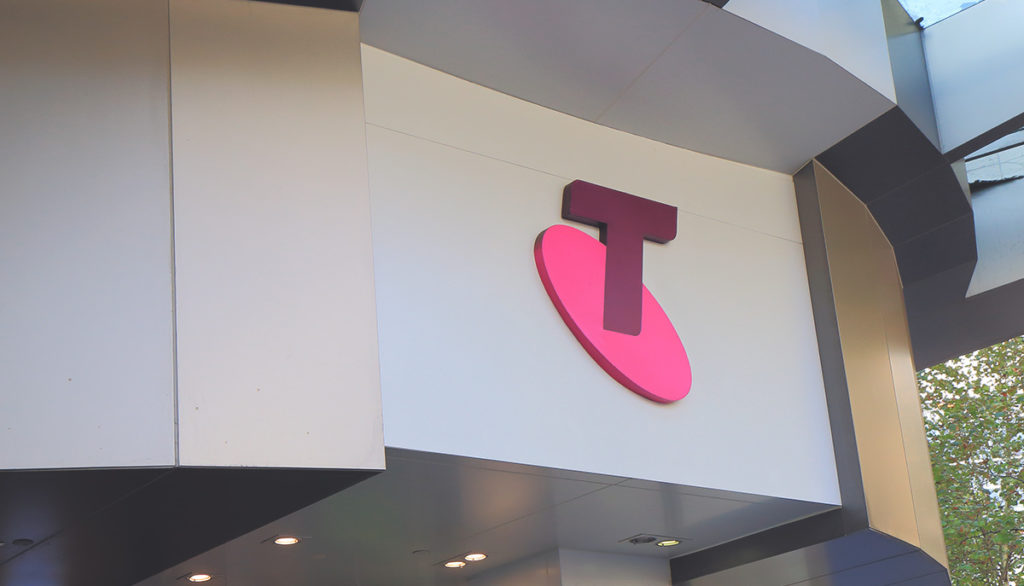Earlier this week, it was revealed that Telstra, one of Australia’s telecommunications giants, had accidentally published the data of 130,000 of its customers. Unlike the cyber attacks which have targeted other organisations in Australia recently, including Optus and Medibank, Telstra took full responsibility for the error, blaming it on a “misalignment of databases”.
“For the customers impacted we understand this is an unacceptable breach of your trust,” said Telstra Executive Michael Ackland.
If you’re a Telstra customer, you probably have many questions about this accidental data breach and what it could mean for you. Let’s take a look at everything we know so far.
What data was exposed in the leak?
In a blog post acknowledging the mistake, Telstra said that the names, numbers and addresses of some unlisted customers were revealed when they should not have been. At the time of publication, it does not appear that any ID documents or banking details were compromised.
I’m a Telstra customer – how will I know if my data was published?
Telstra said it would be contacting every affected customer to let them know of the incident and to offer free support through IDCARE, an organisation that specialises in helping people combat identity theft, particularly in the wake of data breaches.
With this in mind, if you have not been contacted directly by Telstra about this matter, then this likely means you are not affected. However, it’s still a good idea to keep an eye on your inbox and stay up to date on the data leak as a precaution.
What does this mean for cyber security in Australia? How can I stay safe online?
Given the current climate, cyber security is a high-priority issue in Australia. Following the Optus and Medibank hacks, and now this Telstra leak, there has been a great deal of concern around cyber security practices in the country.
Last month, we explored how international students and other members of the international community could be the biggest victims of such data hacks. While these individuals face the same risks as Australian citizens and residents, they are also vulnerable to a range of other threats. For example, if sensitive data related to their sexuality or medical procedures were to become widely available in their home countries, it could lead to dire consequences.
Home Affairs and Cyber Security Minister Clare O’Neil has critiqued these corporations for not sufficiently protecting customers’ data. The cyber threats posed to Australia have become so severe that the minister last week announced her intention to revamp the nation’s cyber security strategy. In her comments, she said that she strives to make Australia the most cyber-secure country in the world by 2030.
In the meantime, there are still steps you can take to boost your online security. To get started, read our guide on how to outsmart scammers and stay safe online. You can also visit the Australia Cyber Security Centre (ACSC) for more information on cyber security.





